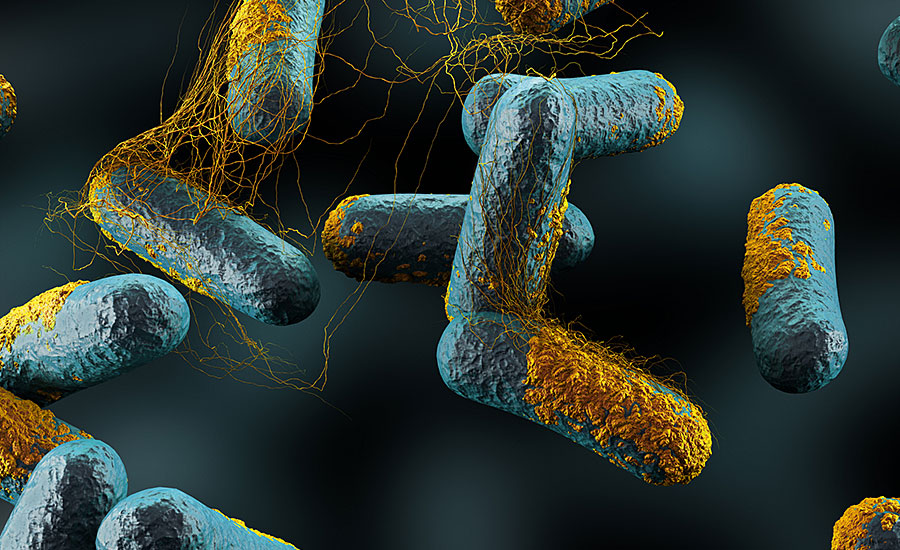Regulations & Legislation
Ready-to-eat (RTE) products and Appendix B — updated compliance guideline

Last month, we discussed the Food Safety and Inspection Service’s (FSIS) Salmonella Compliance Guideline for Small and Very Small Meat and Poultry Established that Produce Ready-to-Eat (RTE) Products and Revised Appendix A. This month, we want to focus on the FSIS’ Compliance Guideline for Stabilization (Cooling and Not-Holding) of Fully and Partially Heat-Treated RTE and NRTE Meat and Poultry Products Produced by Small and Very Small Establishments and Revised Appendix B (Stabilization Compliance Guideline).
The Stabilization Compliance Guideline replaces the January 1999 Appendix B the agency published on cooling recommendations for certain products. The Stabilization Compliance Guideline was made available on June 15 and the comment period was extended through Sept. 17.
While the Stabilization Compliance Guideline is intended to assist small and very small establishments in meeting FSIS regulations, they do not represent requirements that must be met. The Stabilization Compliance Guideline represents best practices recommended by FSIS. The agency has indicated that much of the information in the previous version of Appendix B is relatively unchanged in the Stabilization Compliance Guideline.
The Stabilization Compliance Guidance reiterates that stabilization is the “process of preventing or limiting the growth of spore-forming bacteria capable of producing toxins either in the product or in the human intestine after consumption” and may include such processes as cooling, hot-holding, drying and fermentation/acidification. The primary hazards of concern are Clostridium botulinum, C. perfringens, and Bacillus cereus. FSIS acknowledges that food safety concepts associated with ready-to-eat (RTE) products may also apply to heat-treated not-RTE (NRTE) products. The agency states the following products are not covered by this Stabilization Compliance Guidance: products with pH ≤ 4.6 before cooling (e.g. fermented sausages, cooked ribs in BBQ sauce); and products with a water activity < 0.93 before cooking (e.g. jerky, meat sticks, pork rinds, pepperoni).
The main components within the Stabilization Compliance Guideline include the following:
- recommendation previously provided in Appendix B and FSIS Directive 7110.3;
- options for cooling meat and poultry products, including requesting a waiver from regulatory performance standards to allow up to a 2-log multiplication of C. perfringens within a product, provided no growth of C. botulinum;
- scientific evidence for establishments to support a safe production process; and
- corrective actions for an establishment to consider when a cooling deviation occurs, including pathogen modeling.
Critical operational parameters — including product time/temperature profile; pH; salt, phosphate, sodium nitrite and lactate/diacetate concentrations; and water activity — are discussed in the document and how each may affect the growth of C. perfringens and C. botulinum.
FSIS considers all RTE products adulterated if they contain pathogens of public health concern or their toxins (at certain levels) that may cause illness. C. botulinum (greater than 3-log or higher growth) and C. perfringens (any growth), are only a public health concern when multiplication occurs at levels that would cause toxin formation as toxins cannot be destroyed through additional cooking by the customer. The agency has developed “performance standards or targets” for certain pathogens in RTE and NRTE products that establishments must meet and ensure their food safety system controls (9 C.F.R. § 417.2(c)(3)).
The Stabilization Compliance Guidance states establishments have the flexibility to set targets to achieve a higher growth of C. perfringens, provided they have scientific support that their process produces safe product. Establishments, with additional scientific support, may submit for a waiver to have a process with a 2-log growth of C. perfringens and no growth of C. botulinum. Further, establishments that produce RTE and NRTE products that do not have regulatory performance standards “may choose to design their process to allow no more than a 2-log10 multiplication of C. perfringens within the product and no multiplication of C. botulinum if they have excellent controls in place and have support that C. perfringens spore levels in the raw formulated products are low (≤100 cfu/g).”
On Aug. 14, FSIS reissued FSIS Directive 7111.1 (Revision 2), which clarified that inspection program personnel are not to issue Noncompliance Records (NR) “solely because an establishment uses the 1999 versions of FSIS Appendix A and B as scientific support.”
Establishments that have used Appendix B would be well suited to review the new Stabilization Compliance Guidance to ensure the food safety plans are still supported by this information. NP
Looking for a reprint of this article?
From high-res PDFs to custom plaques, order your copy today!






